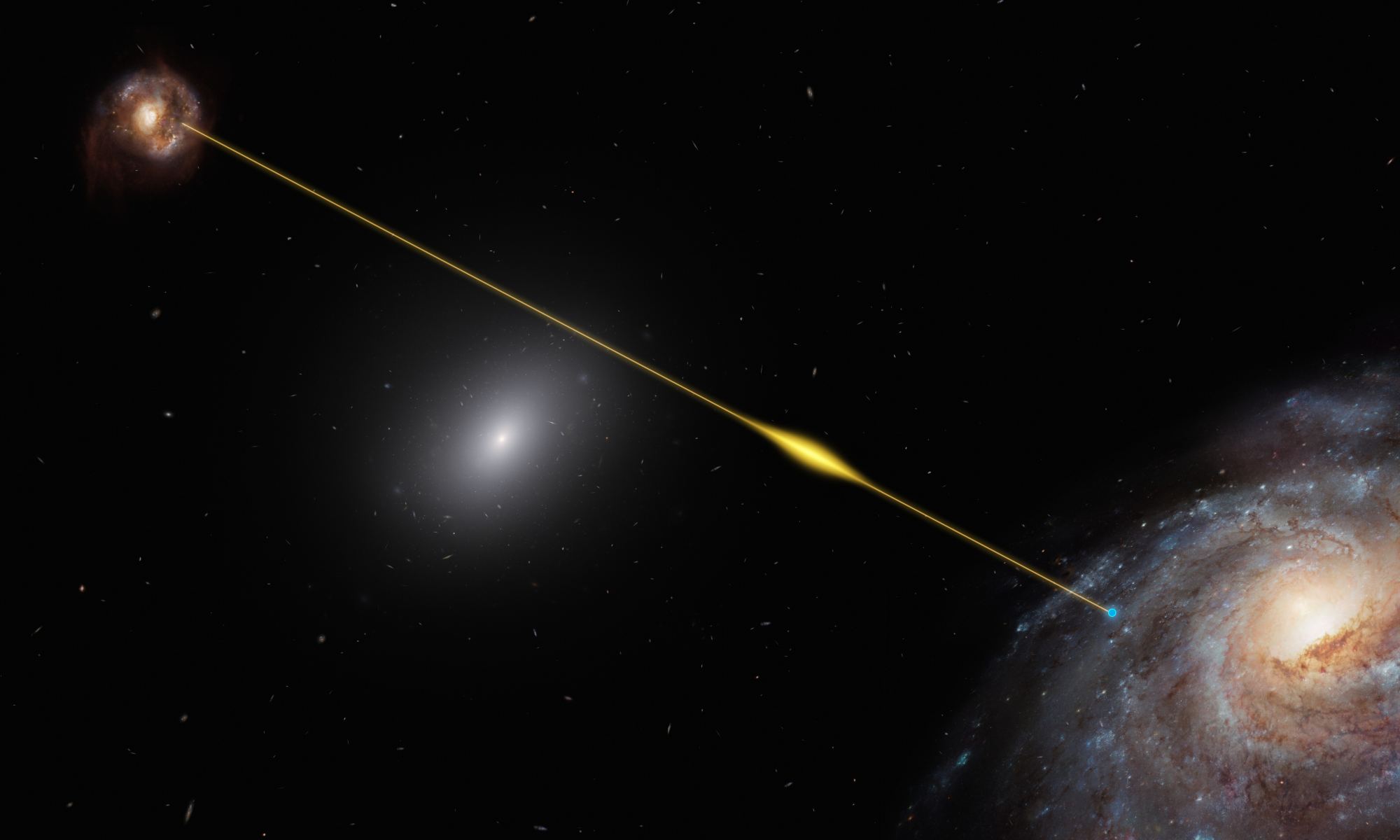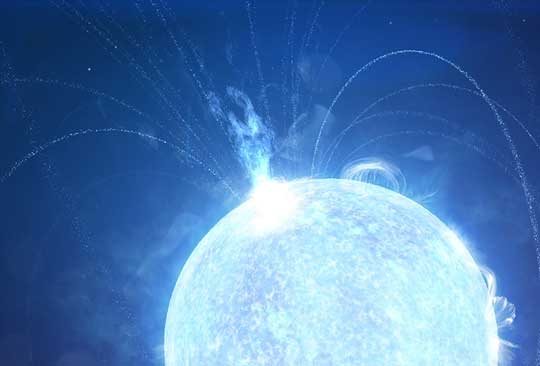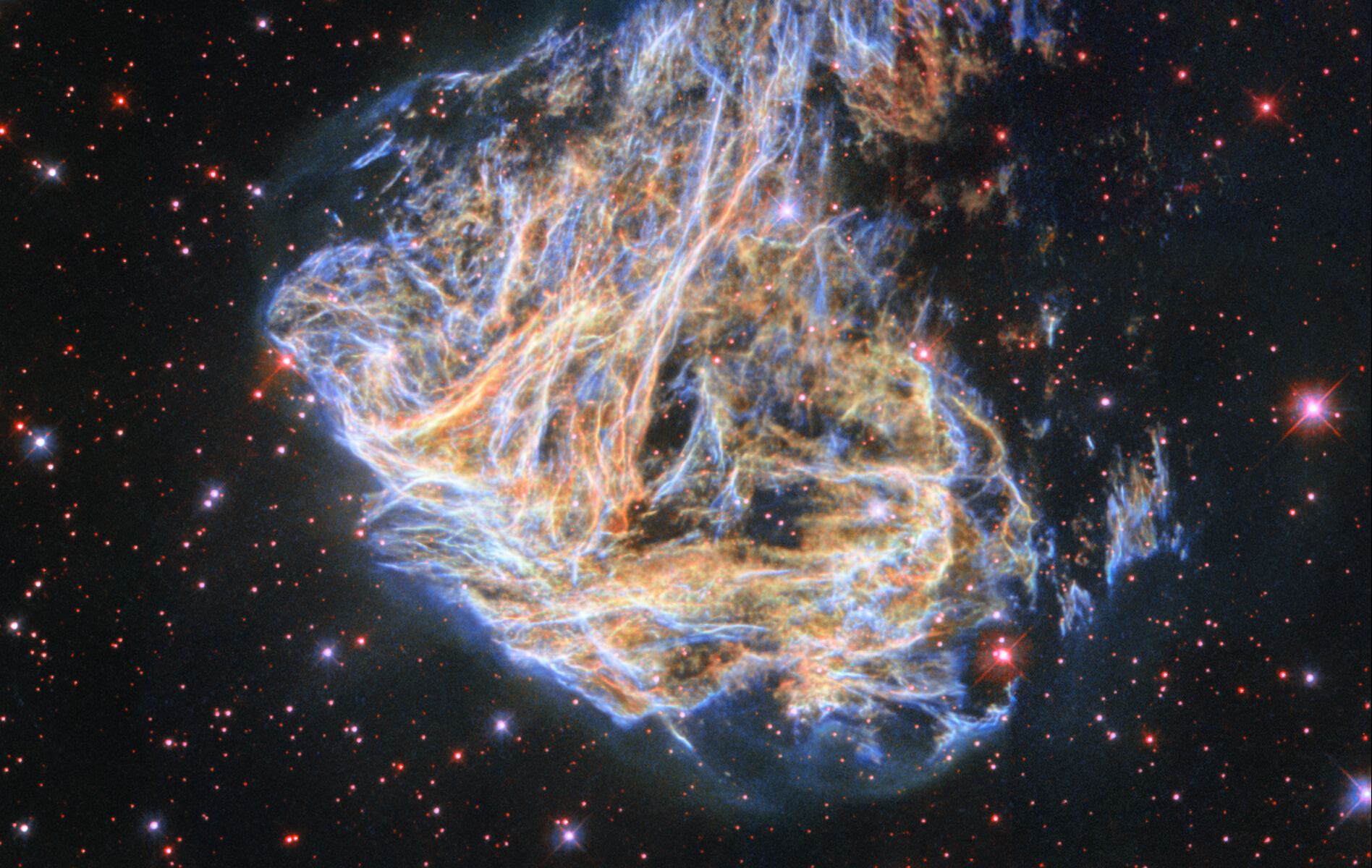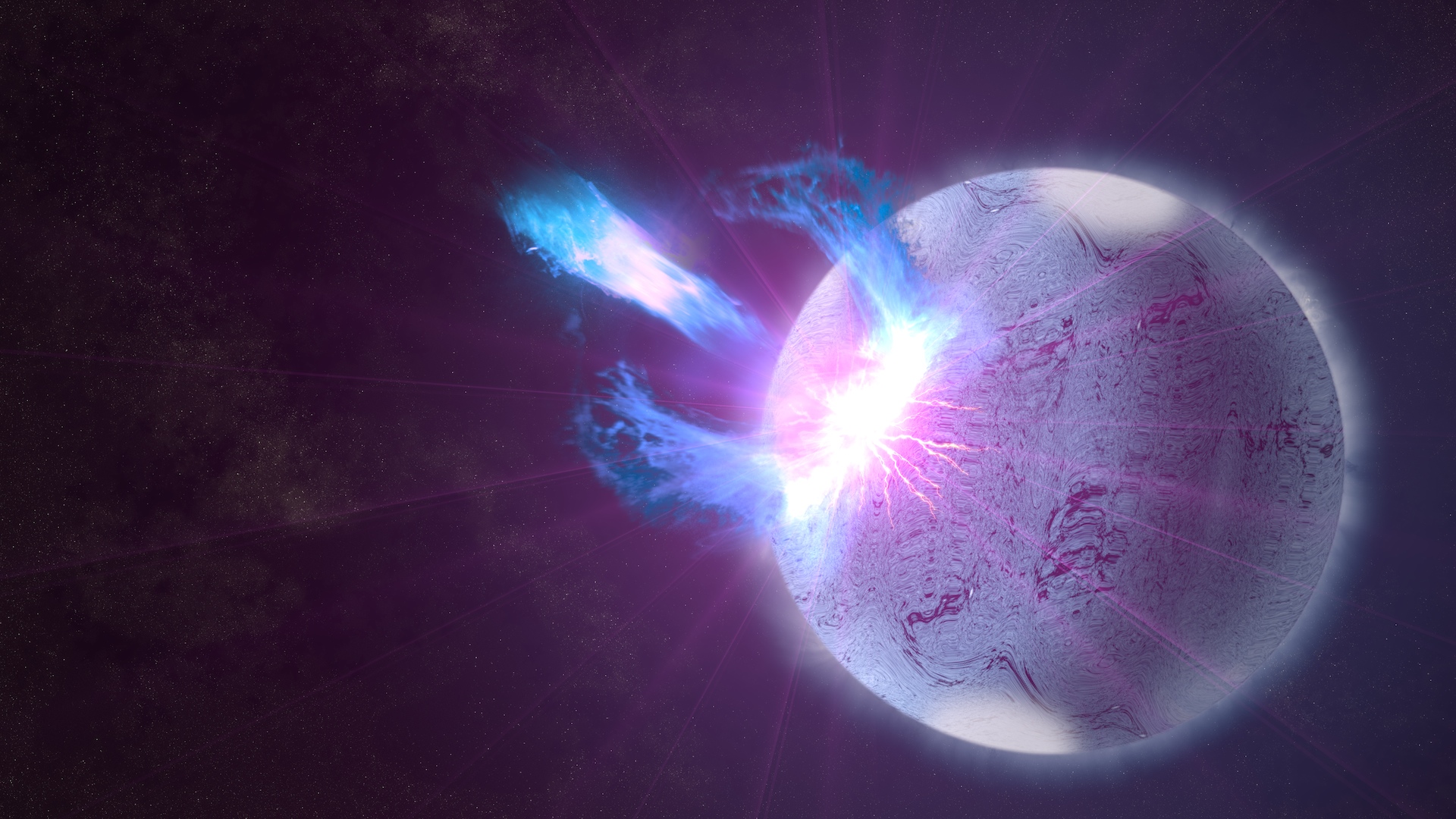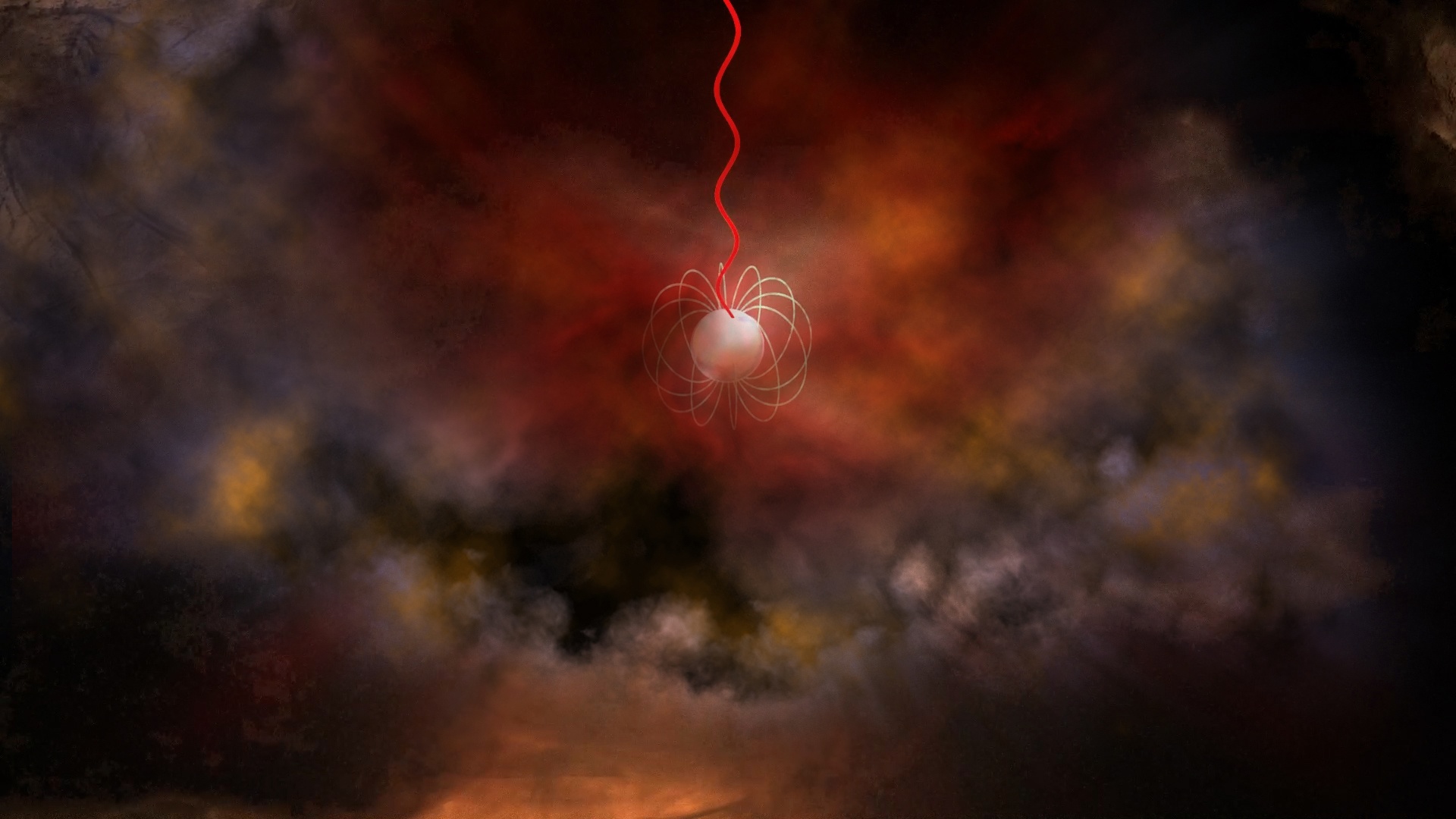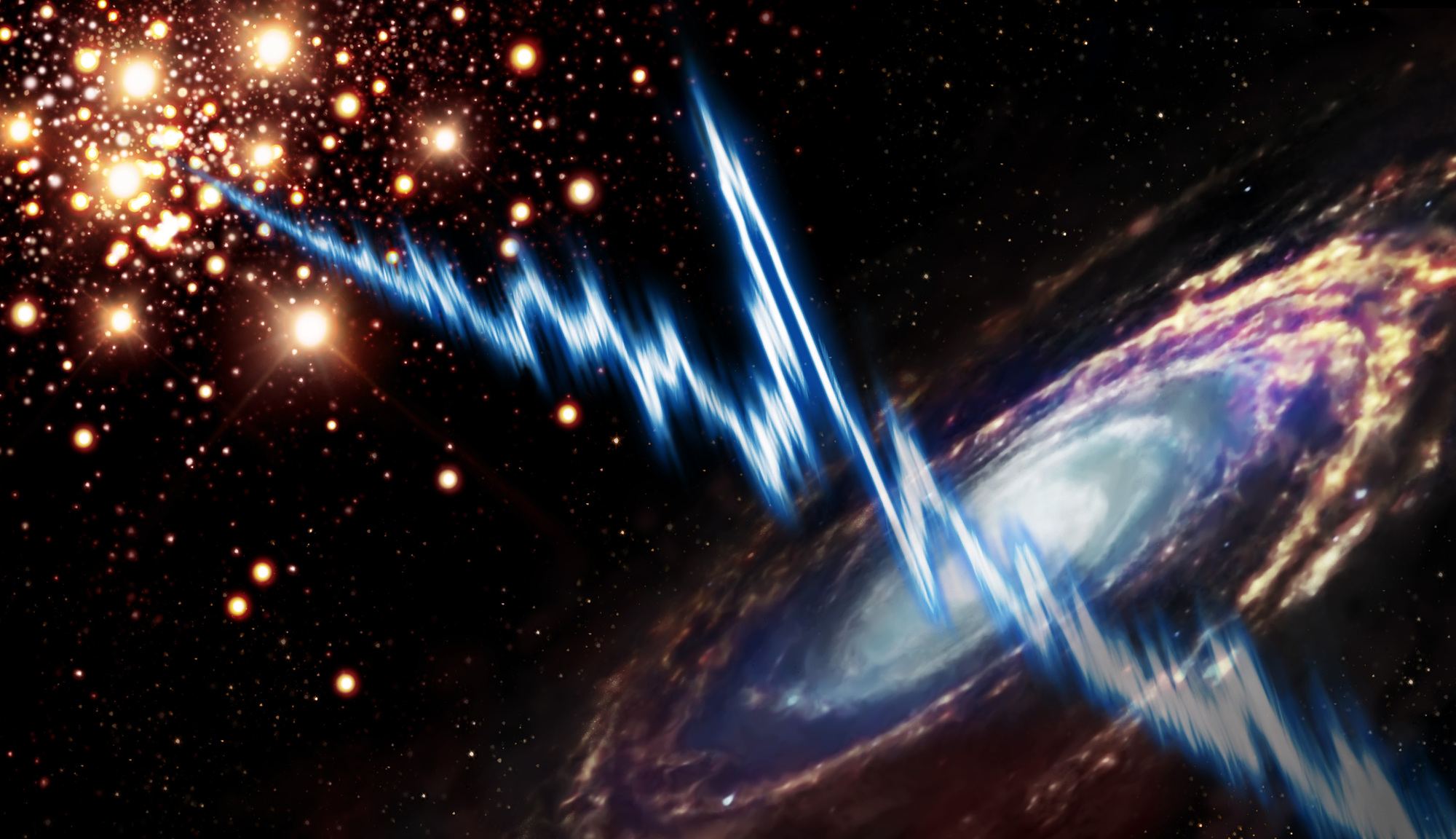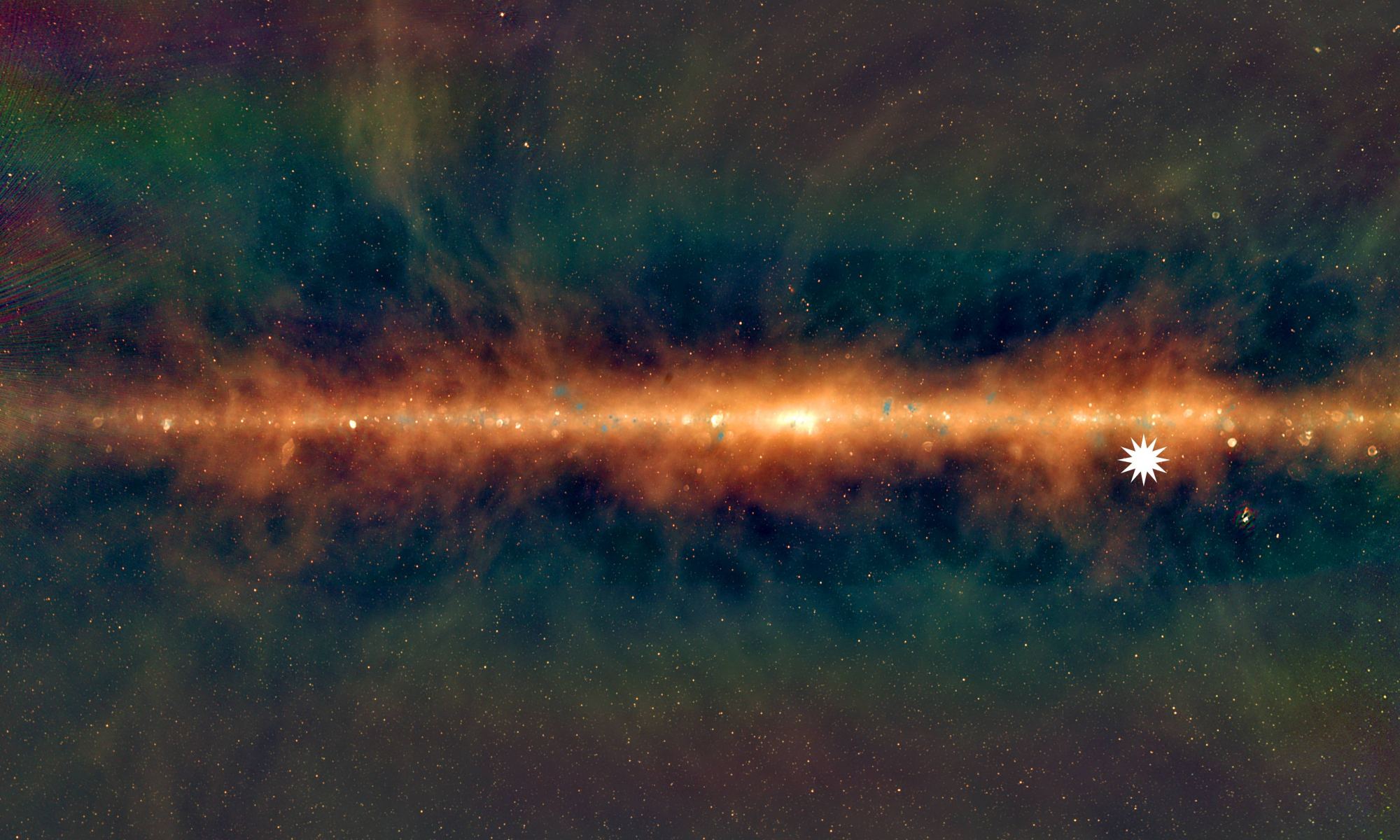Fast Radio Bursts (FRBs) are mysterious pulses of energy that can last from a fraction of a millisecond to about three seconds. Most of them come from outside the galaxy, although one has been detected coming from a source inside the Milky Way. Some of them also repeat, which only adds to their mystery.
Though astrophysicists think that a high-energy astrophysical process is the likely source of FRBs, they aren’t certain how they’re generated. Researchers used gravitational waves (GWs) to observe one nearby, known source of FRBs to try to understand them better.
Continue reading “Gravitational Waves Could Give Us Insights into Fast Radio Bursts”


